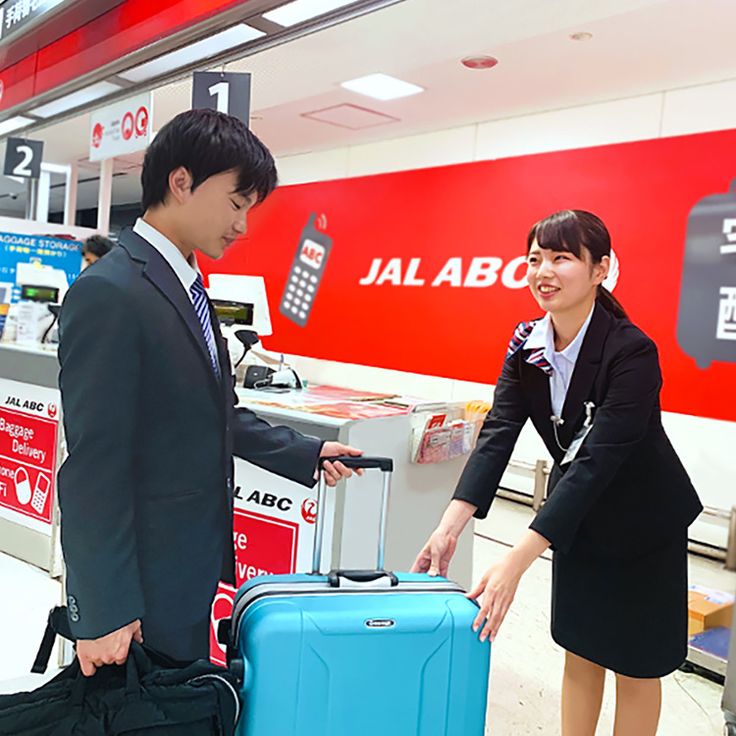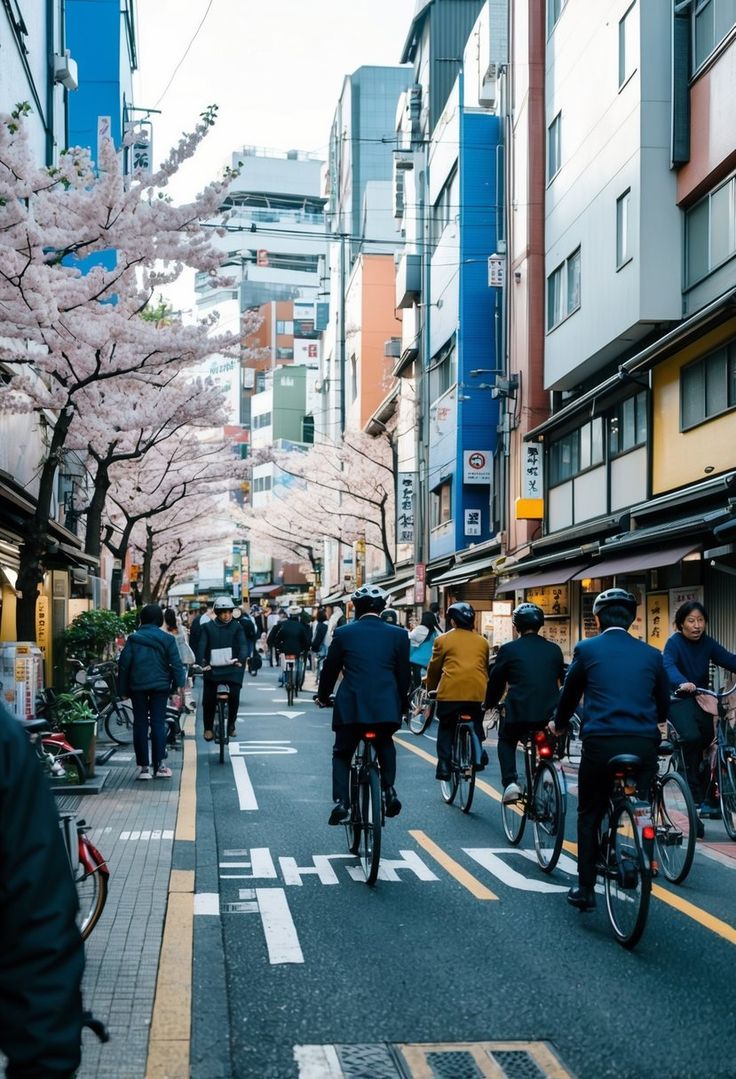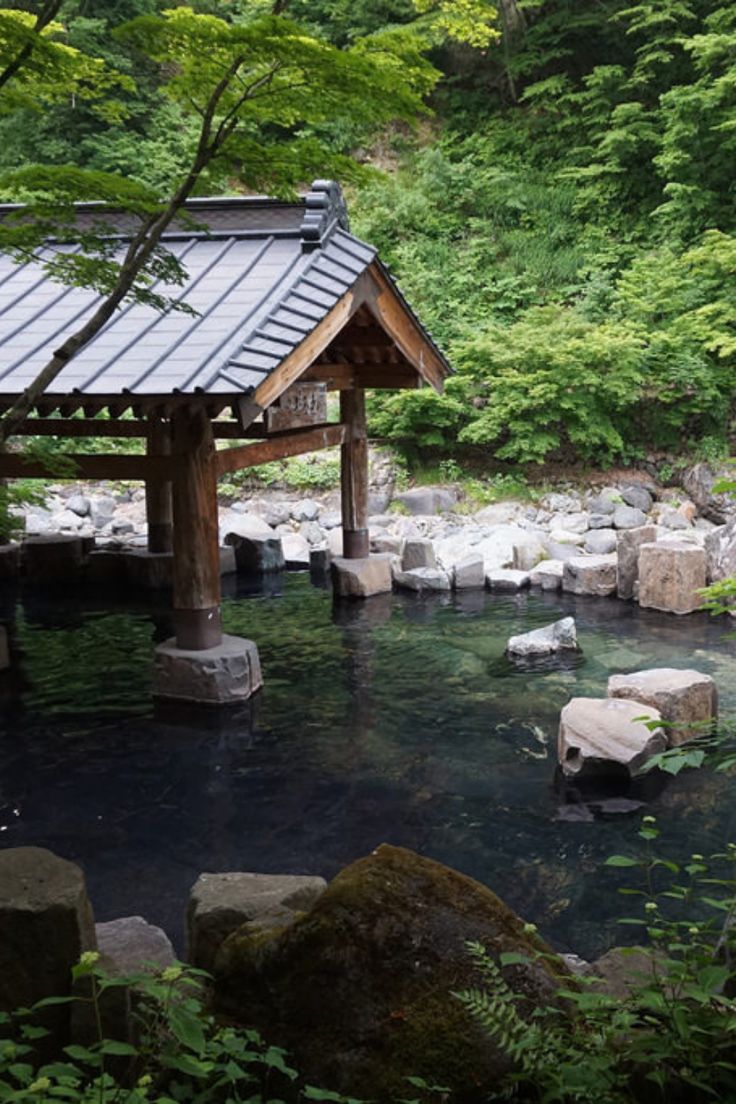So, you want to go to Japan? Whether you’re planning a trip for this year, next year, or just dreaming of one someday, you’re in for an unforgettable experience. But for a first-timer, navigating the logistics and culture can seem daunting.
Fear not! Based on the fresh experiences of a traveler who has visited twice this year—once as a first-timer herself—here are 24 essential things you need to know to make your journey smooth, respectful, and absolutely incredible.
Getting There & Getting Around
1. Choose Your Airline Wisely: Japan’s Two Main Carriers

When flying to Japan, consider Japan’s two major airlines: Japan Airlines (JAL) and All Nippon Airways (ANA). Both are renowned for their exceptional service and offer authentic Japanese meals on board, giving you a taste of the country before you even land. While domestic US carriers also fly to Japan, their planes are often smaller. For a more comfortable long-haul experience, Asian airlines are generally a great choice.
2. Understanding Flight Times
From the US West Coast (like Los Angeles), the flight to Japan is approximately 12 hours. However, the return flight is often shorter, around 10 hours, thanks to tailwinds. Because the flight there is longer, consider opting for a more comfortable seating arrangement for that leg of the journey.
3. The Best Tech for In-Flight Entertainment
While airlines provide free headphones, you might prefer your own wireless earbuds like AirPods. To connect them to the in-flight entertainment screen, you’ll need a Bluetooth audio transmitter. A great option is the MEE audio transmitter, which plugs into the headphone jack and pairs with your device. The best part? It can connect to two pairs of headphones simultaneously, so you and your travel partner can watch the same movie together.
4. Picking the Right Airport: Haneda (HND) vs. Narita (NRT)

Tokyo has two main international airports: Haneda (HND) and Narita (NRT). If you have the choice, fly into Haneda (HND). It is significantly closer to central Tokyo, saving you considerable travel time and hassle after a long flight. Narita is very far out, and the price difference between flights to either airport is often minimal.
5. Mastering Transportation Cards: The Suica/Pasmo
For getting around on trains and buses, you’ll need a transportation card like a Suica or Pasmo.
-
Physical Card Shortage: Currently, there is a global chip shortage, making it very difficult for tourists to purchase new physical Suica or Pasmo cards.
-
The Digital Solution: The easiest alternative is to add a digital Suica or Pasmo card to your phone’s wallet (like Apple Wallet). You can reload it instantly.
-
The Credit Card Catch: To reload your digital card via Apple Pay, you cannot use a VISA card. You must use a Mastercard or an American Express card. This is a critical tip to avoid payment issues.
6. Where to Stay in Tokyo? Pin Your Itinerary!

Tokyo is massive. To decide where to stay, pin all the attractions you want to visit on a map. Stay in the district where you have the largest cluster of pins. The most popular and convenient areas for first-timers are:
-
Shibuya: Energetic and vibrant, often compared to New York’s Times Square.
-
Shinjuku: A major hub with great food, shopping, and nightlife.
-
Ginza: A more upscale area known for high-end shopping, but still centrally located and close to attractions like the Tsukiji Outer Market.
7. Should You Get a JR Pass?
The Japan Rail (JR) Pass is a tourist-only pass offering unlimited rides on JR trains. Whether you need it depends entirely on your itinerary.
-
Calculate It: Use an online JR Pass Calculator to see if it’s cost-effective for your trip.
-
When It’s Worth It: It’s typically worth the cost if you are making at least one round trip between major cities, such as Tokyo to Kyoto/Osaka and back.
-
Note: The price of the JR Pass is set to increase significantly in the near future, so plan accordingly.
8. Punctuality is Key: Trains Are ALWAYS on Time
The Japanese train system is incredibly punctual. Trust the times listed on Google Maps—they are accurate to the minute. This makes planning your day extremely reliable. Train stations are also very tourist-friendly, with plenty of signs in English and Korean.
Cultural Etiquette and Norms
9. Japan is Incredibly Clean (So Keep It That Way!)

You will be blown away by how clean Japan is. What’s more surprising is that there are almost no public trash cans. The cultural norm is to hold onto your trash until you get back to your hotel or find a bin at a convenience store. As a tourist, it’s important to respect this and carry a small bag for your trash.
10. Don’t Eat and Walk
It is considered rude to eat while walking down the street. If you buy street food or a snack, the polite thing to do is stand to the side to eat it or consume it at the place of purchase.
11. Talk Quietly in Public
Japanese culture values not being a public disturbance. On public transportation, in airports, and in other shared spaces, people are very quiet. Keep your voice low and be mindful of your volume to respect those around you.
12. Finish All of Your Food
It’s considered a sign of respect to the chef and a compliment to the meal to finish everything on your plate. Leaving food behind can imply you didn’t enjoy it. This is one reason why Japanese food portions are often smaller than in many Western countries—the expectation is that you will eat it all.
13. No Tipping Necessary
There is no tipping culture in Japan. You do not need to tip at restaurants, in taxis, or for any other service. It’s simply not part of the culture, so you don’t have to worry about it.
14. Use the Money Tray
When paying for items at a shop or cafe, you will almost always see a small tray on the counter. Place your cash or credit card on this tray rather than handing it directly to the cashier. They will do the same when giving you your change.
Hotel and Accommodation Insights
15. Hotel Rooms Are Small
Be prepared for hotel rooms in Japan to be compact, especially if you’re traveling on a budget. They are impeccably clean but often don’t have a lot of floor space. If you’re traveling with multiple large suitcases, it can be a tight squeeze.
16. Ship Your Luggage Between Hotels
To avoid lugging heavy suitcases on trains, you can use a luggage forwarding service (like Yamato Transport). You can ship your large suitcase from one hotel to the next, and it will often arrive the very next day. This service is also available at many stores if you do a lot of shopping.
17. The Pillows Might Have Beans
Don’t be surprised if your hotel pillow feels a bit different. Some traditional Japanese pillows are filled with beads or buckwheat hulls instead of soft cotton or down. Most hotels will offer a softer, more Western-style pillow as an alternative if you ask.
18. Bidet Toilets Are Everywhere
Japan is the land of high-tech toilets. Almost every hotel and many public restrooms will feature a bidet with heated seats, washing functions, and other pleasantries. It’s a luxury you’ll quickly get used to!
Shopping and Food
19. Get Your Tax Exemption On the Spot
As a tourist, you can get a tax exemption on purchases over a certain amount (usually around 5,000 yen). Always carry your passport when shopping. At many large stores like Uniqlo, they will process the tax refund for you directly at the checkout, so you pay the tax-free price right away.
20. Plan Ahead for Food Reservations
Japan is famous for long lines at popular restaurants. While many places still operate on a first-come, first-served basis (sometimes with a ticketing system), more and more restaurants are now accepting online reservations. Check Google Maps for the restaurant’s details, which often lists reservation websites like Tabelog, Ikyu, or ReseBook.
21. You Might Miss Your Veggies
While Japanese cuisine is delicious, many popular dishes like ramen, udon, and katsu-don are not heavy on fresh vegetables. The vegetables you do get are often pickled (tsukemono) or fried (tempura). If you’re craving greens, shabu-shabu (hot pot) is a great option.
22. Check Restaurant Hours
Many restaurants in Japan have split hours. They will open for lunch, close for a few hours in the afternoon, and then reopen for dinner. Always check the hours before you go to avoid showing up to a closed door.
23. Take Your Shoes Off
When entering many indoor spaces—such as temples, some restaurants, and of course, people’s homes—you will be expected to take off your shoes. Hotels will provide house slippers for you to wear in your room.
24. Clear the Seats Next to You
On public transportation, it’s considered impolite to place your backpack or luggage on the seat next to you, as it takes up a potential spot for another person. Keep your belongings on your lap or on the floor between your feet.
Japan is a country where consideration for others is woven into the fabric of daily life. By keeping these tips in mind, you’ll not only have a smoother trip but also show respect for the incredible culture you’ve come to experience. Have a wonderful time

